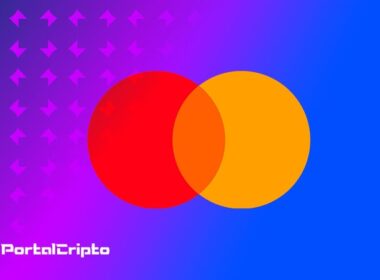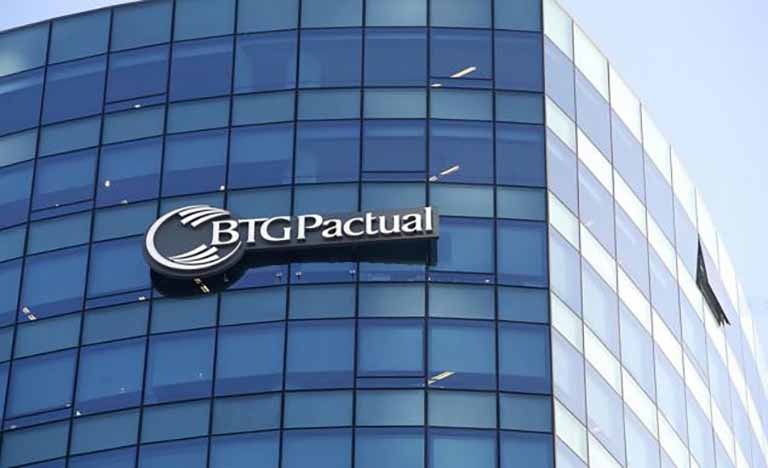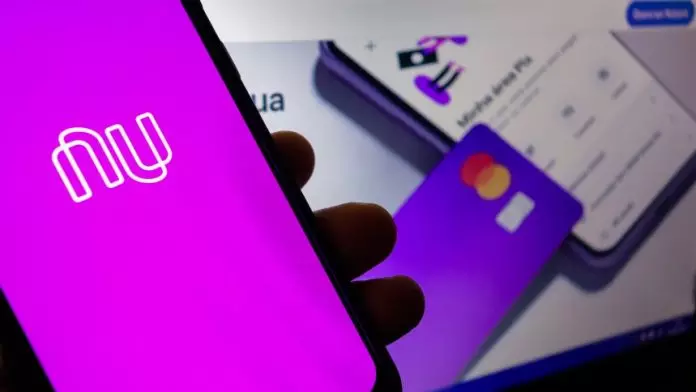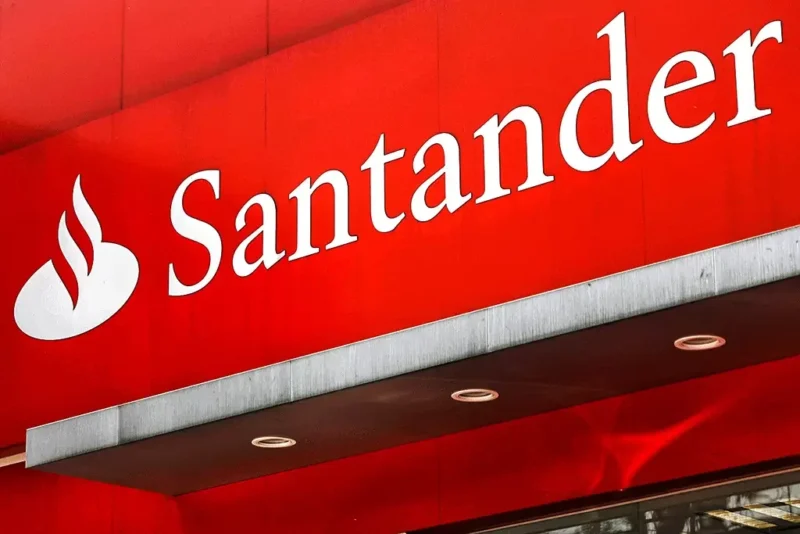What is a Current Account?
The current account represents um type of bank account that allows you to withdraw and deposit money. This modality is often used to manage daily expenses, such as rent, utilities and medical expenses. Furthermore, it allows you to make electronic transfers and make purchases, both online and in physical establishments.
How do current accounts work?
Also known as “share withdrawal accounts” in credit unions, checking accounts make it easier to manage short-term financial needs. Holders can add funds through paychecks, cash gifts, transfers or direct deposits. Likewise, it is possible to make withdrawals using checks, electronic transfers, ATMs or debit cards. It is common to set up automatic payments for various accounts through your checking account.
account security
If you open a checking account at a bank, the Federal Deposit Insurance Corporation (FDIC) insures deposits up to a limit of US$250.000 per depositor and per insured financial institution. This means that if the bank faces bankruptcy, the amounts deposited up to the established limit are protected. In equivalent credit union situations, protection is offered by the National Credit Union Association.
Interest on current accounts
Unlike savings accounts, checking accounts rarely offer interest payments, and when they do, rates are low, even during periods of high interest rates. For example, as of January 2024, the average interest rate on a checking account is substantially lower than that on a savings account.
Account Rewards and Bonuses
Although checking accounts generally do not pay interest, many financial institutions, including banks and credit unions, offer cashback programs through debit cards. Using the debit card for purchases, the customer can receive a percentage of the amount spent back. Additionally, promotions for new customers may include significant bonuses, generally linked to direct deposits.
Current account fees
Banks earn revenue through fees charged on checking accounts, which may include maintenance fees or fees for using ATMs from other networks. Some of these fees can be avoided, for example, by making a specific number or amount of direct deposits, which may exempt the account holder from maintenance fees.
Types of current accounts
Traditional current accounts
Ordinary checking accounts generally do not offer significant interest income, although some may provide a fixed interest rate regardless of the amount on balance. Others may offer higher interest rates for heftier balances. Certain traditional accounts exempt the holder from recurring fees, such as monthly maintenance fees, as long as a minimum balance is maintained to avoid these charges.
Premium current accounts
For those who have a substantial amount to deposit into a current account or who require personalized banking services, premium current accounts are a suitable option. By maintaining a high balance, you can avoid fees and enjoy benefits such as ATM fee reimbursement and more attractive interest rates.
Joint current account
A joint checking account allows two or more people, often couples, to have authorization to issue checks and make deposits. Ownership of a joint account varies by financial institution, state laws, and account configuration. It is crucial to understand the implications relating to the capital in the account in events such as the death of one of the account holders or in cases of divorce or separation. Co-holders may face legal liability for each other's debts, but they may also benefit from higher FDIC insurance limits.
Business current accounts
Intended for small business owners and larger commercial entities, business checking accounts allow directors, managers and authorized employees to manage operating expenses. Opening a business account requires the entity to be formally recognized and it is often necessary to present documentation relating to the business to the bank.
Student current accounts
Specific banks offer checking accounts tailored to high school and college students, offering perks such as reduced or no maintenance fees and no minimum balance requirements. Accounts for high school students generally require parental involvement as co-holders or co-applicants, while accounts for college students are more autonomous.
Low balance checking accounts
Also called “lifetime accounts”, these are designed for customers who maintain low balances but still want to access banking services. These accounts may have limitations on the number of checks issued and may require the use of digital statements.
Second Chance Checking Accounts
For individuals whose checking accounts were previously closed by a bank, second chance accounts may be an alternative. It is important to be aware of possible fees and rules for maintaining a positive balance in the account.
Senior current accounts
Aimed at seniors who reach a specific age, these accounts offer fee exemptions and discounts on various banking products and services.
Checking overdraft fees
When a purchase exceeds the available balance in the current account, the bank may offer coverage for the missing amount through a special check, which will result in fees being charged. This facility is essentially treated as a type of loan, with advantages and disadvantages.
For example, if there is $50 in the account and a $70 purchase is made with your debit card, the bank may authorize that transaction and charge a $20 overdraft fee, plus possible additional fees until the balance is settled. If the balance remains negative, the bank may also apply daily interest.
You can avoid overdraft fees in several ways:
- Opting for a checking account that does not apply overdraft fees.
- Setting up balance alerts to get notified when your balance is low.
- Linking another account to cover any overdrafts, which may, however, generate additional fees.
- Disabling the overdraft coverage functionality.
Checking account services
Below is a description of the services commonly available on current accounts:
Direct deposit
This functionality allows salaries to be deposited directly into the current account by the employer, speeding up access to funds compared to depositing physical checks. Banks favor direct deposits for the steady flow of money, and many offer incentives like waiving maintenance fees for accounts with direct deposit set up.
Bank transfer
Electronic transfer makes it possible to send funds directly from one account to another, including international transfers, ensuring the security of the money transferred without the need for physical exchange.
ATMs
ATMs are convenient access points for cash withdrawals or deposits of checks and cash, available in locations such as bank branches, shopping malls, airports and convenience stores. It is important to be aware of the fees applied for using ATMs outside the customer's banking network.
Debit card
Debit cards are almost universally accepted, similar to credit cards, and allow direct purchases to be debited from your checking account. It is also possible to withdraw funds from ATMs. Banks generally offer fraud protection, ensuring security in case your card is lost or stolen.
Bill payment
Customers can set up automatic payments for regular expenses like rent and utility bills, or make electronic payments to third parties. These services are often offered at no additional cost.
Checking accounts and interest
Checking accounts generally have lower interest rates than savings accounts, if they offer interest. Some “high-yield” checking accounts provide higher-than-average interest rates, which can be three to six times higher than a typical checking account.
Accounts and Credit Scores
Routine checking account activities, such as deposits, withdrawals and issuing checks, generally do not influence credit scores. Likewise, closing a current account with no pending issues does not impact the score. However, overdrawn checking accounts that are not cleared can be reported to credit bureaus and, if sent for collection, can harm your credit score.
How to choose a current account
When selecting a checking account, consider the following aspects:
- Fees: Evaluate monthly maintenance fees, overdraft fees, and other associated charges.
- Requirements: Check if there are requirements such as a minimum deposit, maintaining a minimum balance or other criteria for opening the account.
- Account access: Make sure that the bank offers physical branches for in-person service and that both the website and mobile application are practical and easy to use.
- ATM access: Check the availability of a wide network of free ATMs or fee refund policies for using out-of-network ATMs.
- Interest: Find out about the interest rates applicable to account balances.
- Reputation: Research the bank's reputation, especially regarding customer service and financial stability, using sources such as JD Power ratings and FDIC financial strength indicators.
- Insurance: Make sure your deposits are protected by the FDIC or NCUA.
How to open a current account
Opening a checking account at a bank or credit union is usually a simple process. Procedures may vary between institutions, but generally include the following steps:
1. Choosing a bank: Compare rates, requirements and other factors between different institutions, including traditional banks, credit unions and online-only banks.
2. Proof of Identity: Present a valid government-issued photo ID or Social Security card.
3. Proof of residence: Provide a document such as a bank or credit card statement that proves your address.
4. Initial deposit: Make a minimum deposit to activate the account, which can be done via debit card, electronic transfer or cash.
5. Submitting the application: Complete and submit the form required to open the account.
When is a checking account denied?
Before approving a request to open a checking account, banks and credit unions evaluate the applicant's credit report and checking account history. Application may be refused if there are records of bad checks being issued. Such negative information may remain in the report for up to five years.
Behaviors such as repeatedly bouncing checks, not paying overdraft fees, engaging in fraud, or having an account closed for cause are common reasons for a financial institution to decline a checking account application.
If a bank has closed a checking account or if you have difficulty qualifying for a new one, you can opt for second chance checking accounts, available from many institutions. By keeping this account in good standing for a specific period, you can eventually migrate to a traditional checking account.
Conclusion
Opening and maintaining a current account is a fundamental step in personal financial management. By offering flexibility for daily transactions and quick access to money, the current account becomes an essential tool for financial planning and control. It is important that users choose the account type that best suits their needs, considering fees, available services and balance requirements.
Furthermore, understanding the differences between checking and savings accounts is crucial for effective resource allocation, ensuring that savings grow while day-to-day expenses are conveniently covered. Finally, when facing difficulties opening accounts due to previous financial problems, second chance checking accounts represent an opportunity for rehabilitation and a fresh start.
FAQ
What is a current account for?
A checking account offers a secure way to store money, providing easy access through debit cards, wire transfers and checks. It is commonly used to make automatic and timely payments, make various purchases, cash checks and receive direct deposits.
What is the difference between a checking account and a savings account?
While current accounts are more suitable for frequent deposits and withdrawals, serving to manage daily expenses, savings accounts are intended to save resources for medium to long-term needs. Generally, savings accounts offer higher interest rates than a current account, reflecting their purpose of capital accumulation.
Is a debit card a check card?
A debit card, often referred to as a check card, allows you to carry out transactions directly from your checking account, including ATM withdrawals. This type of card directly links expenses to the available balance in the account.









